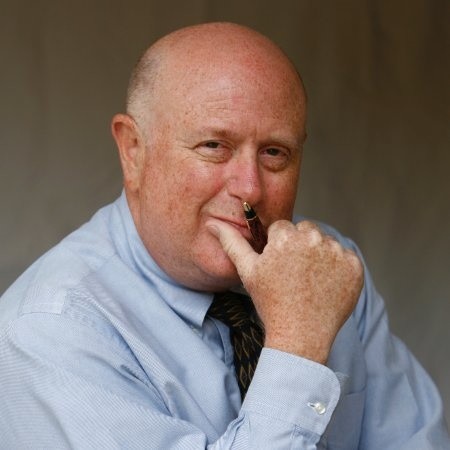
Guaranteed lower electricity bills enabled by innovations in the financing and insuring of energy efficiency and renewable energy projects will soon be transforming the commercial real estate industry. These innovations enable zero-down financing. Project payments are tied to measured "negawatt" results. No “negawatts," no payment made by the property owner. And most critically, performance insurance supplied by a creditworthy financial institution satisfies the risk of non-performance for the building owner and the bank that supplies project financing.
These breakthroughs hold the potential of dramatically reducing the 33 percent of operating budgets the commercial real estate industry pays to utilities. It could meaningfully reduce the commercial real estate industry’s greenhouse gas emissions that currently represent 20 percent of total U.S. emissions. The greatest potential from these innovations is their ability to fund net-zero energy buildings.
How it works
A lack of assurance that an energy efficiency investment will generate a lower electricity bill has been a major barrier to winning project approvals from building owners, their CFOs and bank sources of capital. Most current utility rebates for energy efficient equipment can reduce investment cost, but they still require a building owner to invest or borrow money on the expectation that savings through lower electricity bills will cover the loan interest and repayment. Real estate investors and owners are often hesitant to put their money down on a project with this type of uncertain economic result.
At the same time, banks are hesitant to make loans on energy efficiency projects without guarantees of payment. They view projects that do not have a direct financial assurance as having “technology risk,” or the uncertainty that the technology investments will generate a reduced payment to the utility, a failure that could then threaten loan repayment. Banks do not take technology risks. They take credit risk, or the ability of the borrower to fulfill their loan obligations on time. Banks traditionally make loans on energy efficiency projects if the borrower has qualifying credit status and will guarantee payment.
The solution now being pioneered is to wrap the financing of building energy efficiency projects with insurance from a creditworthy financial institution that will assure the building owner of lower electricity bills and the bank of payment on the enabling loan. The steps that enable this assurance include:
- Portfolio Design: Aggregating and implementing a portfolio of energy efficiency projects at a building to mitigate the risk of any single energy efficient technology failing to achieve targeted results.
- Performance Guarantees: Securing performance guarantees from creditworthy contracts and equipment suppliers implementing the energy efficiency project.
- Maintenance Contract: Implementation of a maintenance contract to insure that the installed equipment is appropriately maintained and, if required, repaired or replaced in a timely manner.
- Performance Insurance: Wrapping the portfolio of energy efficiency investments and performance guarantees with creditworthy performance insurance that assures the building owner of lower electricity bills and loan payment to a bank.
Metrus Energy Kuakini Medical Center project
Metrus Energy at the Kuakini Medical Center in Hawaii has developed an example project that is guaranteeing lower electricity bills. Metrus managed the 100-percent funding of a $6 million investment in energy efficiency at the center. Under the company’s energy services agreement, the center only pays for actual results of energy and money saved. The project is projected to save more than $1 million annually, a 25 percent reduction in the center’s total utility bill. It is also projected to reduce total CO2 emissions by almost 3,000 tons. This project includes ongoing maintenance, and the installed energy efficiency equipment will be repaired or replaced as needed. Metrus lined up performance insurance from Energi and bank financing from New Resource Bank.In this exclusive (three minute) video interview with President & CEO Bob Hinkle of Metrus Energy conducted at the Verdexchange, he profiles the innovations in finance and insurance that have enabled this pioneering Kuakini Medical Center Project:
http://www.youtube.com/watch?v=zxAU6xu0aHQ
Bill Roth is an economist and the Founder of Earth 2017. He coaches business owners and leaders on proven best practices in pricing, marketing and operations that make money and create a positive difference. His book, The Secret Green Sauce, profiles business case studies of pioneering best practices that are proven to win customers and grow product revenues. Follow him on Twitter: @earth2017

Bill Roth is a cleantech business pioneer having led teams that developed the first hydrogen fueled Prius and a utility scale, non-thermal solar power plant. Using his CEO and senior officer experiences, Roth has coached hundreds of CEOs and business owners on how to develop and implement projects that win customers and cut costs while reducing environmental impacts. As a professional economist, Roth has written numerous books including his best selling The Secret Green Sauce (available on Amazon) that profiles proven sustainable best practices in pricing, marketing and operations. His most recent book, The Boomer Generation Diet (available on Amazon) profiles his humorous personal story on how he used sustainable best practices to lose 40 pounds and still enjoy Happy Hour!














